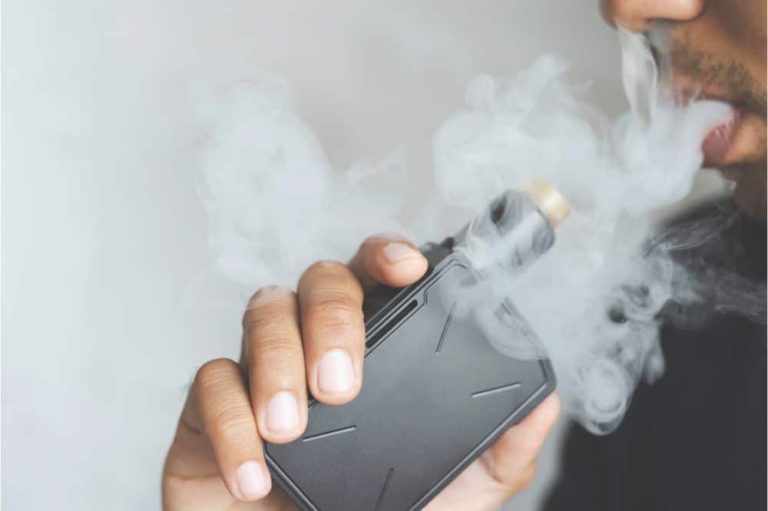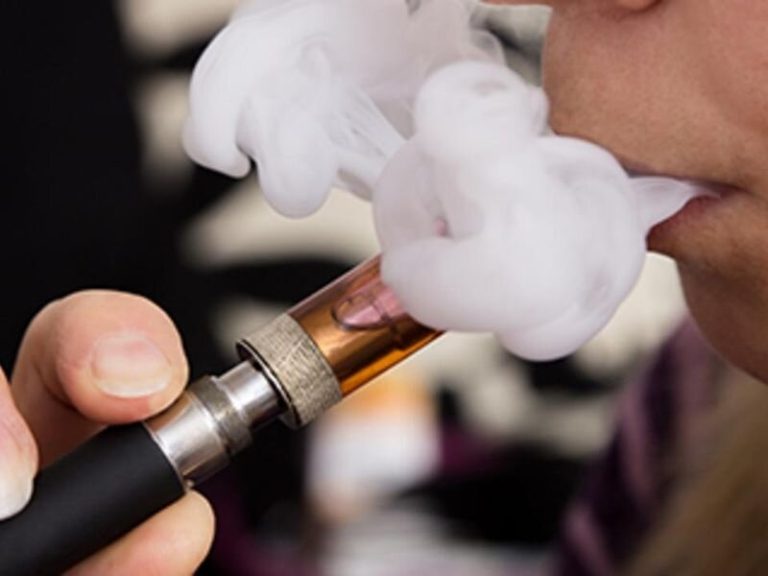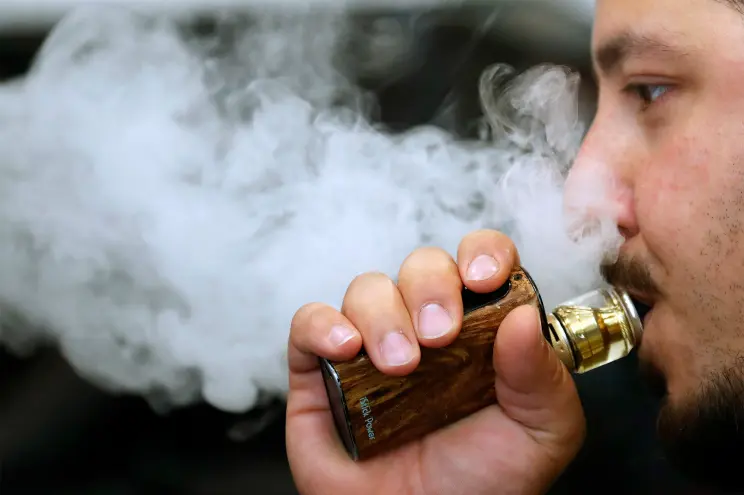How to Repair Drywall Seams

Repairing cracked drywall seams can be frustrating at best. If there is only a very, very small crack present, you may be able to scratch out the crack to a wider size and then just apply new spackling compound. Using a sharp, pointed tool such as an old fashioned can opener (church key), scratch put a groove wider and slightly longer than the crack. It needs to be at least 1/8″ deep but deeper is better. There are patching compounds available today made just for patching cracks but are not intended for large areas. If this is a painted wall some amount sanding will also be required. Spackle will not stick to a smooth painted finish. Sand the area around the crack at least a couple of inches wider than the crack and then go ahead and apply the patching compound making sure you force the spackle down into the crack. Right after applying the spackle, re-wipe the area with your knife to remove any excess spackle from the area leaving a flat surface. Depending upon what type of compound you purchased the drying times vary quite a bit from minutes to hours. After the spackle is completely dry use a 100 or 120 grit drywall sanding paper to smooth area so it is flush with the existing wall. Prime the drywall and install the final paint.
In a case where the cracks are much bigger along the seams, it may caused by the Drywall repair near me tape pulling loose, physical damage or perhaps even excess moisture. Carefully remove any and all loose materials at taped areas. You cannot and I repeat, cannot re-spackle old tape. The drywall tape has minute holes that allows the spackle to pass through and anchor the tape to your seams. The spackle “wets” the tape helping it not only to stick to the drywall but allows the spackle to form a bond on both sides to the drywall. Once it is used, the holes are filled thereby making the tape useless. Trying to short cut will only cause the seam to re-crack later.
After removing all loose materials, lightly sand the damaged areas being careful not to tear or sand through the paper layer of the drywall underneath. Once the area is smooth to the touch make sure you have sanded evenly onto the surrounding area so as not to leave an edge that will show through the finished work. Using a six inch wide spackle knife, install a even coat of new spackle over the seam. Place your new drywall tape over the seam and using the knife, push the tape firmly onto the drywall removing all excess spackle as it squeezes out from under the tape and sides of the knife. Do not remove too much spackle so as to leave the paper dry. Once the area is as smooth as you can make it, apply a second lighter coat over the same area making sure the new tape is completely embedded in fresh spackle.
After drying for one day to assure all the spackle is dry, re-sand the entire area to once again obtain a smooth feel to the entire repaired area. Using your twelve inch knife, spread a second coat to the entire repair making sure you blend smoothly onto the adjoining wall surfaces. Do not leave any ridges or sharp edges where you meet the old wall finish.
Once this second coat of spackle is dry, which will be much less than the base coat as it is much thinner, apply, using your twelve inch knife, a third very thin coat of fresh spackle. You will almost be able to see through this coat as it is used to fill small indents or scratches left by sanding the second coat. Again after the third coat dries, very lightly sand the repair for the last time to assure a totally smooth finished area. Apply a coat of drywall primer to seal the newly repaired drywall area and then paint your wall.







+ There are no comments
Add yours